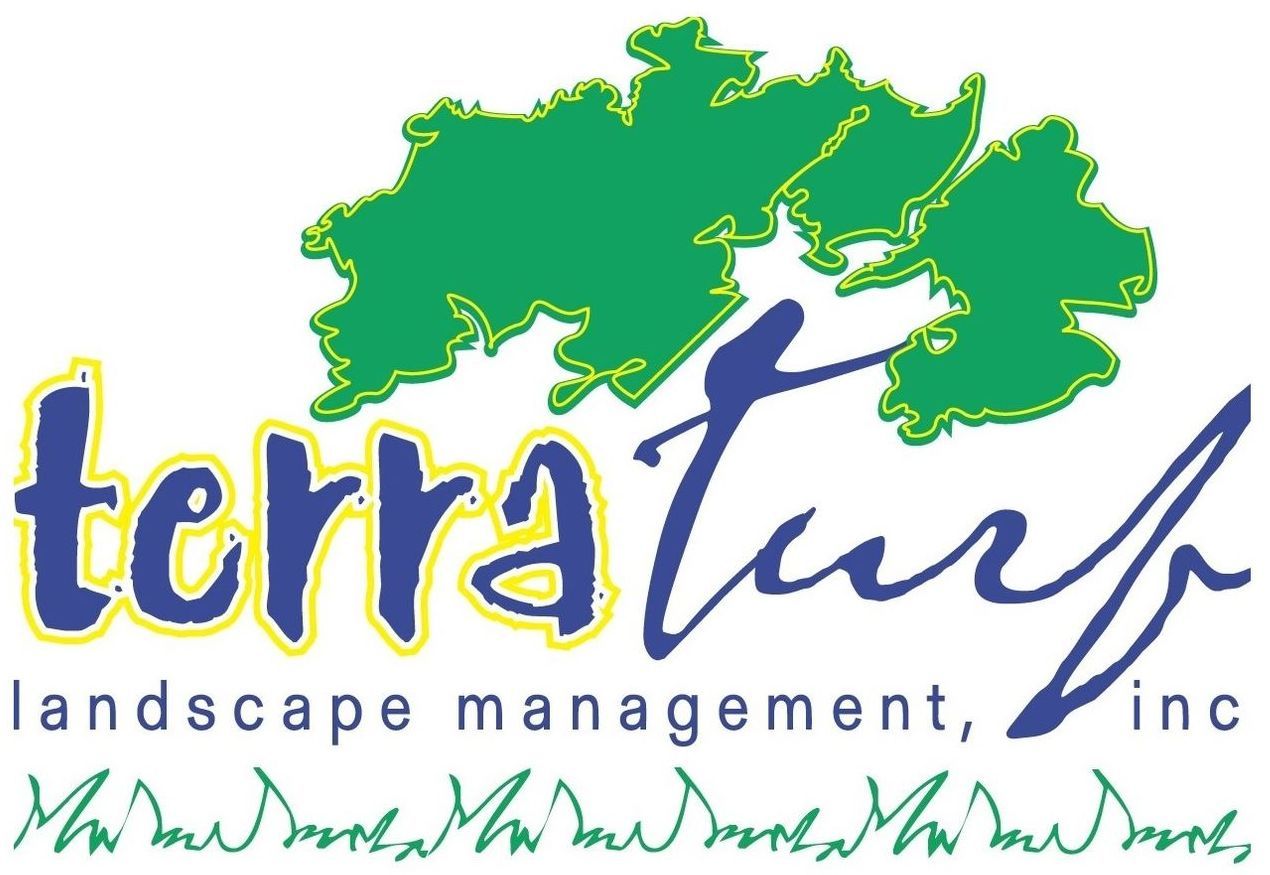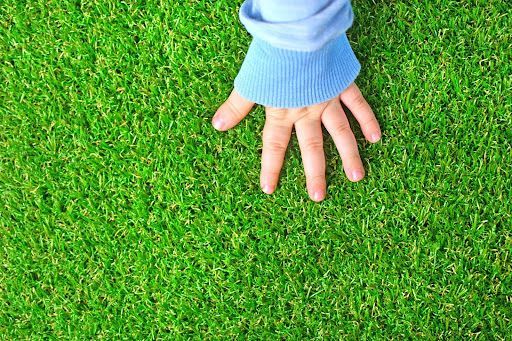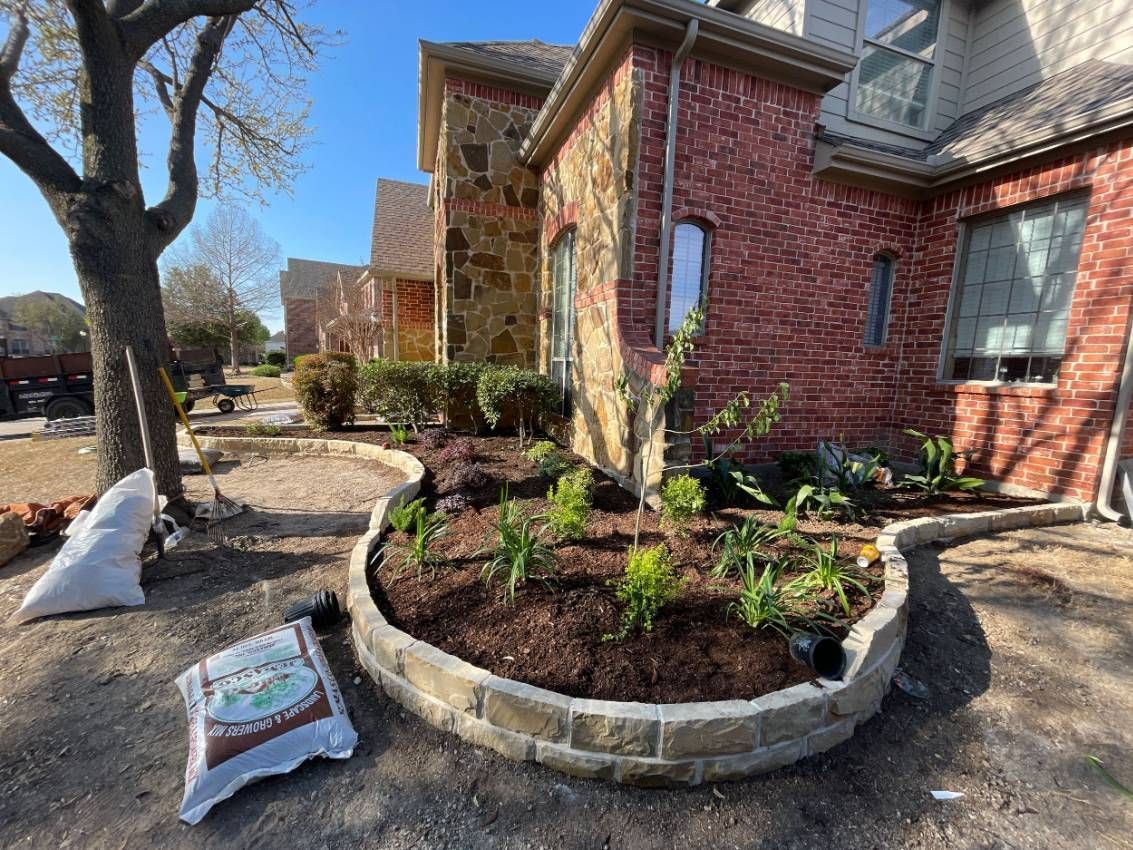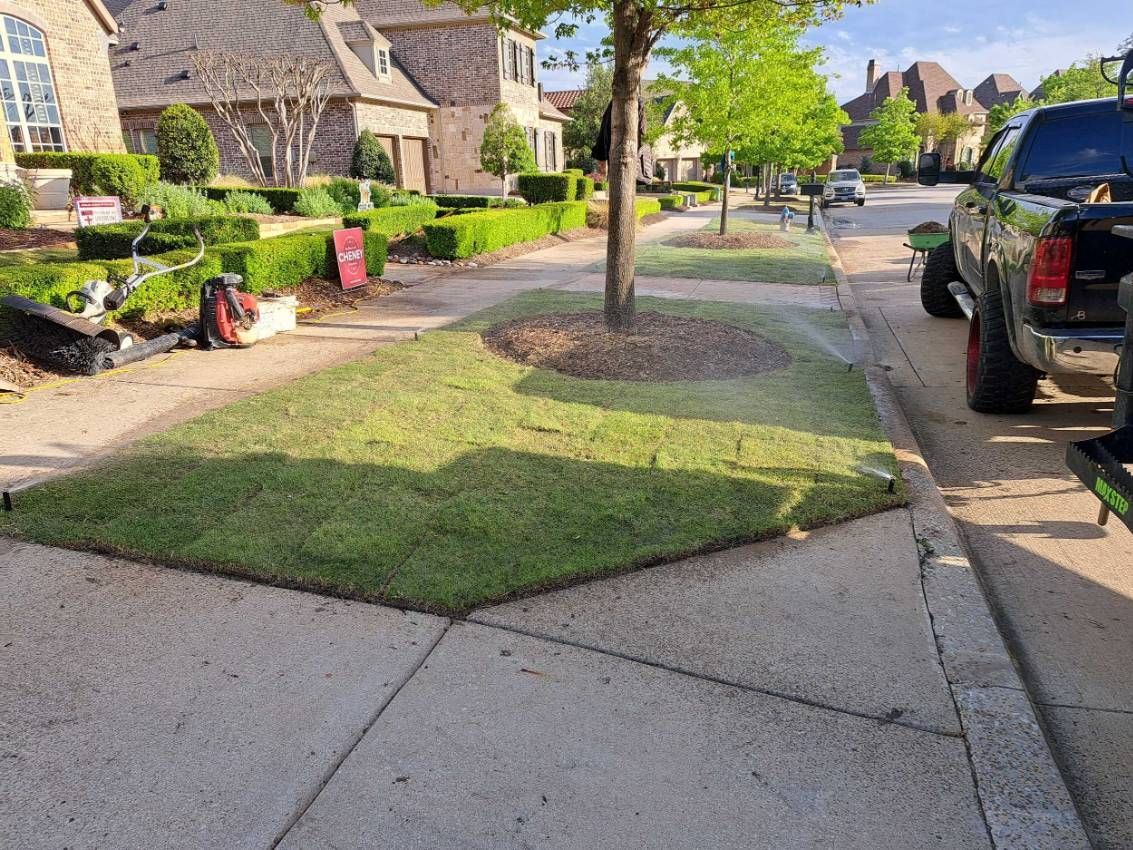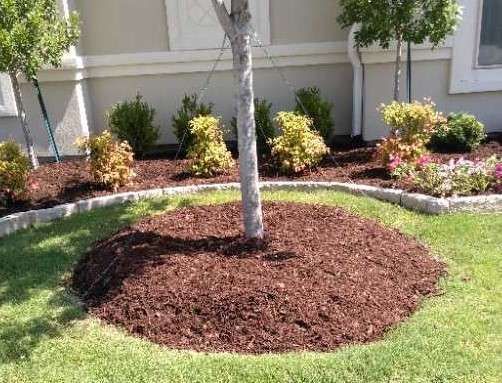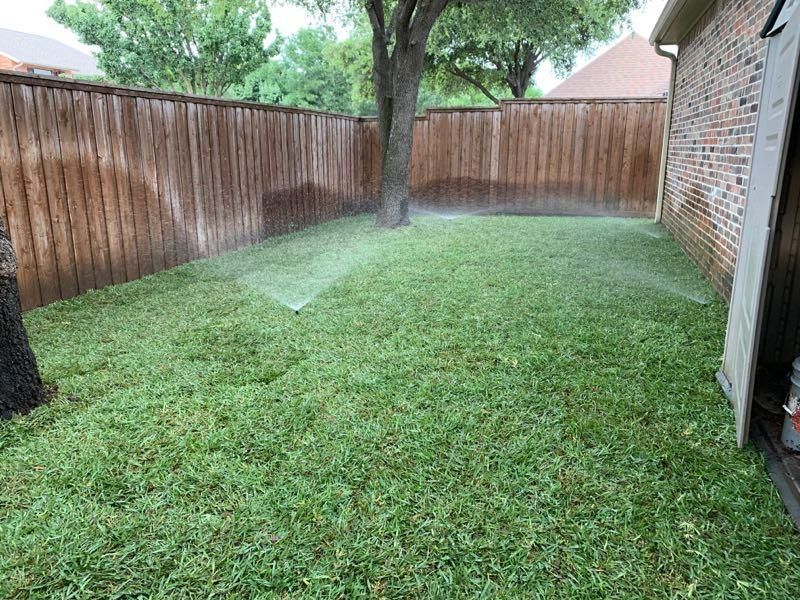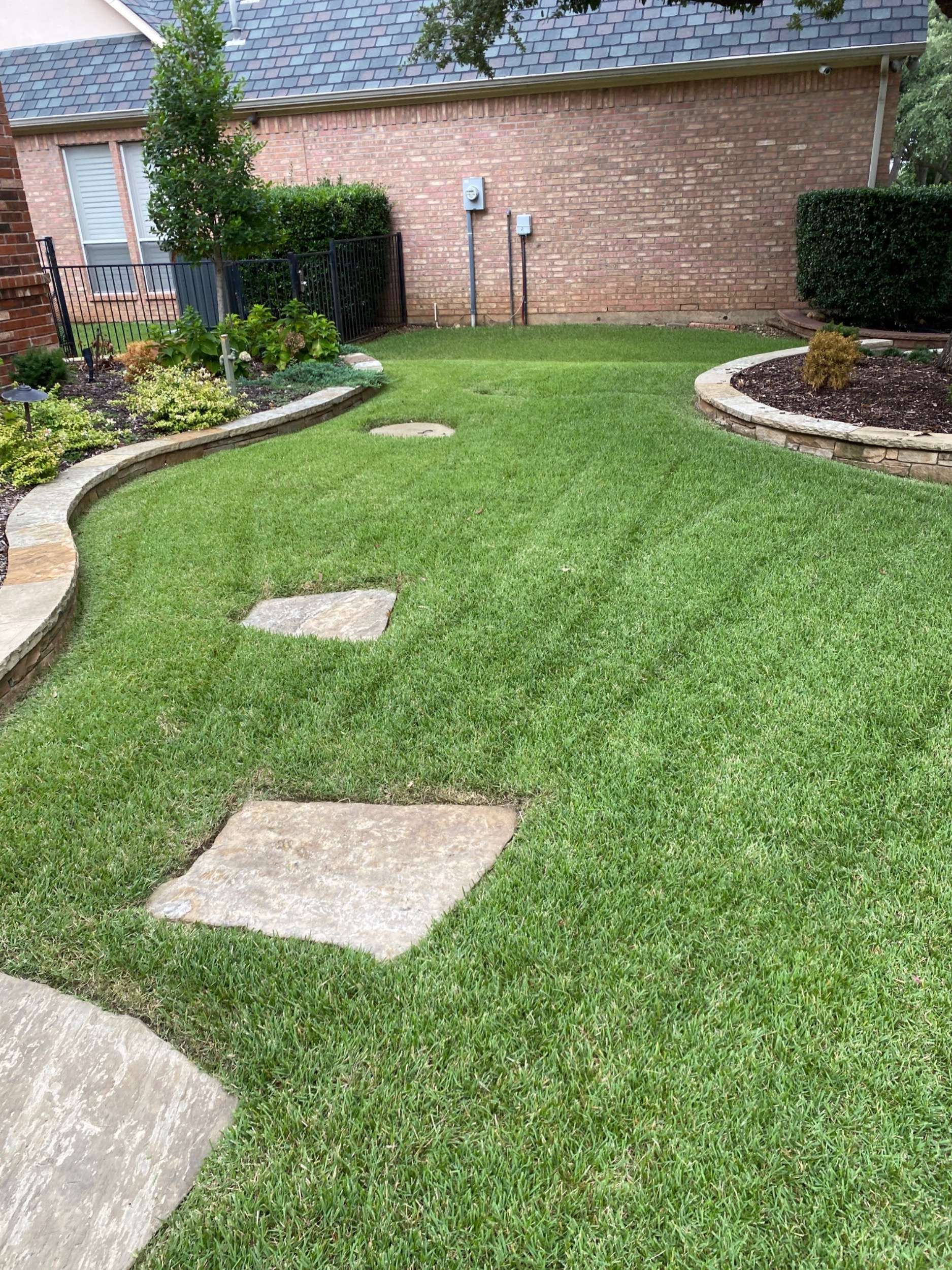New Sod Watering & General Care Tips
New Sod Watering & General Care Tips

Before Sod Watering
Use sprinkler flags to mark all the sprinkler heads and their boxes in the areas where your lawn will be receiving sod. Turn the sprinklers on so you can identify each head, but then turn them off. Turn your sprinkler box off and keep it off until all the sod work is finished. Sod watering is still possible without sprinklers but will require you to either manually water the fresh sod with a hose or purchase a sprinkler.
After Installation of New Sod
Because every lawn is different (lot grade, time of year, wind conditions, etc), there is not a specific watering routine that is perfect for every situation. However, we have listed a few tips below for your new sod.
Thoroughly water your sod as soon as it is laid. You can check to see if it has been watered enough by walking on it—if you make deep footprints, it has received enough water. If the soil is still hard, lift a corner of the sod to check the moisture level. You ideally want the soil on the backside of the sod to at the minimum be damp but not drowning in a pool of water. If the soil is not damp, water for a minimum of 30 minutes and recheck the area.
During the first few weeks, be sure to check your lawn at least once every day, especially if the weather is hot or windy. You can walk on the sod to inspect it properly. The soil should be squishy and soft for the first couple of weeks after installation.
Over the next month, keep the soil extremely damp but do not allow it to get too wet or too dry. Wherever you see grass that has turned yellow or wilted, it has not been watered enough.
If any cracks/separation should appear between the sod squares, this also means the sod is not receiving enough water. In cases like these, you should water the sod for longer periods of time and more often. Any temperature above 80 degrees indicates more sod watering should be done, while any temperature below 60 degrees indicates less watering is needed.
Cooler months such as October – April mean the sod needs much less watering.
Lawn mowing is usually not necessary during the first few weeks after sod installation. When it is time to mow, avoid any drastically low cuttings.
It’s common to see squares that have turned brown/yellow or look dead; don’t worry, this is normal. Allow your sod time to overcome the shock from being harvested, transported and installed.
Your sod should be kept very moist for the first 30 days. Do not put anything stronger than a starter fertilizer on the sod for the first year. Be sure to talk with your fertilization service about your new lawn.
After the first month, twice a week, deep watering should be enough to maintain your new sod. But remember, sod is a perishable item and should be routinely checked to ensure it remains healthy.
Winter Rye Grass Watering
If you seed with ryegrass during the winter, this will require more water than traditional sod. Germination of this grass will need a good watering anywhere from 3-6 times every day. When watering, 30 seconds to 1 minute is an appropriate amount of time until germination.
You will then want to get on a watering schedule of one or two times every day for seven days a week. This will keep your newly germinated grass from drying out. After seven days, reduce watering to 3 days a week for 3 minutes per zone for the next two weeks.
After this, your ryegrass should be established and watering once a week should be sufficient. If you are located in a city that prohibits watering to no more than 2 times every week with an automated system, you will need to water the seeds by hand to achieve germination.
If you ever run into any issues or have any further questions about sod installation , feel free to reach out to us. We’re always happy to help!
The post New Sod Watering & General Care Tips appeared first on TerraTurf.
